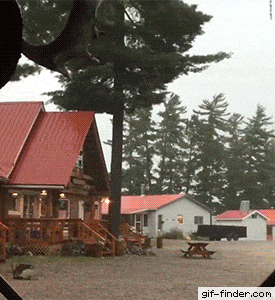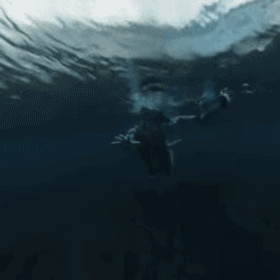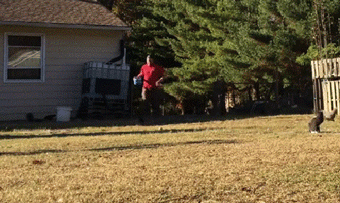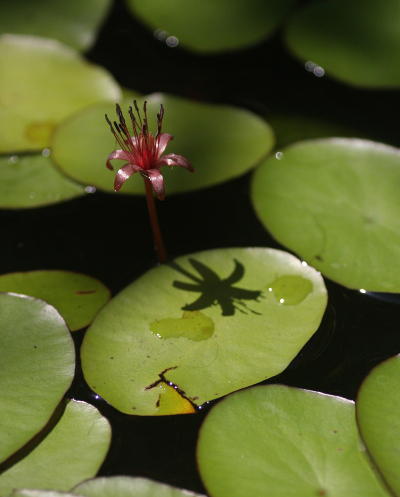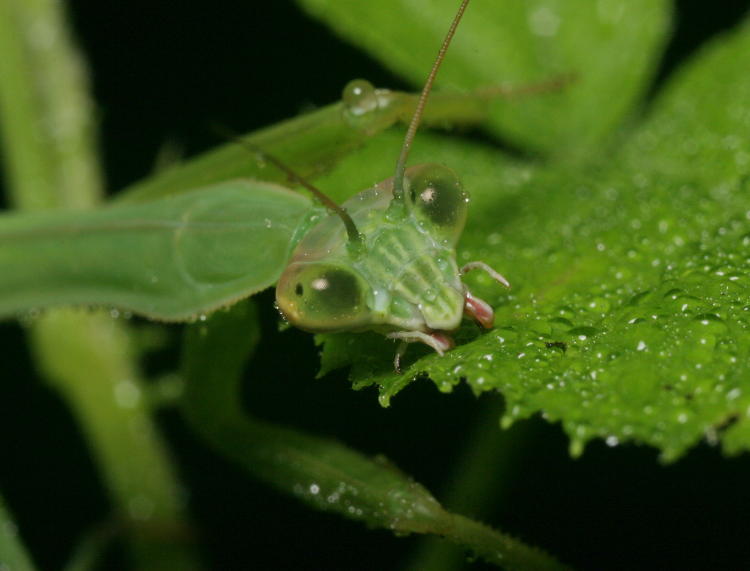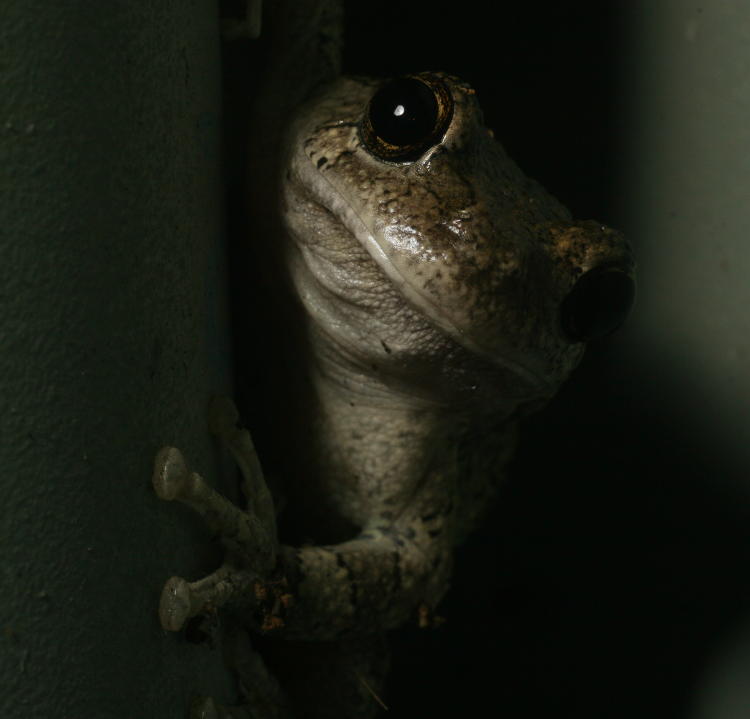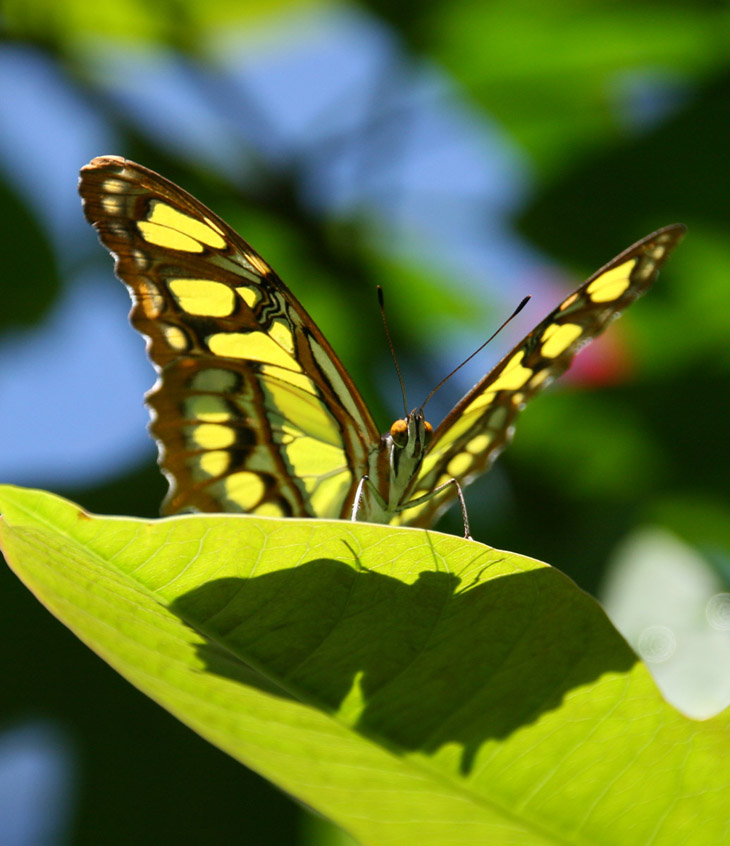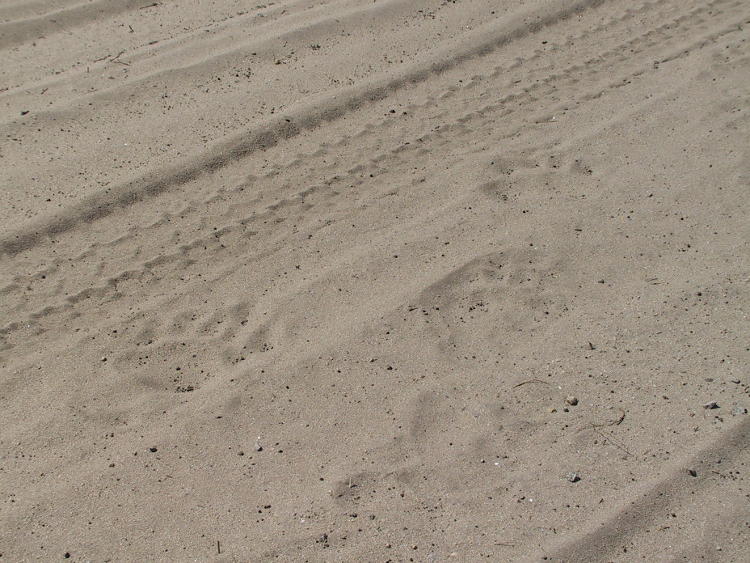As I said in the first post of the series, the question that comes up in these topics, far too often, is, “Why doesn’t science takes these seriously?” And the answer usually is, “It does,” but serious does not equate with, “Finding that it has any merit whatsoever.” In the case of this part’s topic of religion, science, or to be more specific, a significant number of scientists, have given it way more attention and examination than it ever deserved. But let’s not get ahead of ourselves.
First off, it is the avowal of numerous religious leaders or figures that science specifically excludes religion, as if there’s some set of rules, or a list of forbidden topics, or some such rot, which is quite simply not the case; anyone that says otherwise is either lying or stupid, possibly both. In fact, religions of countless kinds were well-established while the present scientific methods were nascent, and the sciences grew in an atmosphere of assumption that at least some aspect of creation was fact. Countless religious orders were responsible for much of the research from times past, and quite a few of the biggest names in scientific circles were religious, to one degree or another. As the present scientific method was established (or to be more specific, the structure of degree programs and most higher education facilities,) no one bothered to include anything that exempted any aspect of our lives, or any given topic, from examination; the structures are only there to try and ensure that we’re as correct as possible. This does, however, conflict with some typical aspects of religions, as we’ll come to shortly.
Most religions do indeed fall outside of consideration of scientific investigation anymore, though, and there are more than a few reasons why.
Too many. There are countless religions in existence the world over right now, and many times more that existed in some point in the past and are now considered mythology. They can’t all be correct, because there are far too many outright contradictions, to say nothing of the hugely different worldviews and, for instance, origin stories. Worse, every last one of them has changed significantly over time, showing them to be culturally flexible rather than, as is often claimed, distinct and everlasting since the origin of any given scripture. We could, should reasonably expect that any lore provided by a supernatural being would not only hold up very well, but be consistent throughout both time and cultures, or at the very least, bearing some basic resemblance to one another.
Given all of the different religions practiced throughout history, the very first question remains, which one? Which should gain the distinction of being the one that bears close examination? It doesn’t really matter, because all of them have been examined, and none hold up very well. Moreover, there’s a rather telling factor that comes into play, and that is the distinction between religion and mythology. While we dismiss countless stories from past cultures as fables, the only difference between them and religions now, any given faith that people embrace as their primary worldview, is how many people believe them; nothing else can be demonstrated, no other factor useful for defining the difference. Culturally, we consider there to be a huge divide between the religion and mythology, but there’s no measurement that supports this.
Poor coordination with expanding knowledge. This is by far the biggest aspect that causes religion to fall by the wayside in regards to scientific inquiry, and easily contains the most numerous conflicts. While all religions provide creation stories, and most provide accounts of historical events, none of them coincide in even small ways with what we’ve been finding out about our world, from very early on. At present, we have overwhelming evidence of a 13.77 billion-year-old universe, a 4.5 billion-year-old planet, and the development of species from very rudimentary beginnings, and each of these is not only supported by countless converging points of evidence, they all fit neatly into the laws of physics that we have discovered, which themselves dictate and predict what is going to happen given any particular set of circumstances – which is, of course, why we use them constantly. The majority of religions present circumstances that contravene these laws in sometimes egregious ways, which would be acceptable to all of the sciences – if we ever saw such examples rather than simply hearing about them in scripture. But when we’re finding our laws of physics holding solid from as far away as light can carry to as small as we can distinguish, it seems rather odd that they, far too often, vanished entirely when it comes to scriptural events.
There’s only so much weight that can be given to a story. And that’s all that scriptural accounts are: stories. Just like in our courts of law, personal accounts are a starting point, but in order to find them believable, we need to have some form of corroboration, preferably physical – especially when humans are so ridiculously prone to fabrication, exaggeration, and embellishment. And when it comes to large-scale events, it’s hard to even imagine something that somehow does not leave any trace of itself behind. Even an overnight rainstorm leaves evidence for us to see in the morning – but virtually nothing related in scripture, far larger in scope than rain, has ever been found, anywhere.
And then there’s the obvious editing. Detailed examinations of scripture have existed since earliest recorded history and continue to this day, with comparisons among not only numerous examples and copies from around the globe, but even the writing styles and meticulous determinations of age from documents. One thing that has become very evident is that countless forms of editing have taken place among far too much of it, putting the lie to anything being “as god intended.” Some are certainly simple mistakes and transcription errors, but a lot more are attributed to religious leaders deciding on their own agenda, and any religious scholar can outline these in detail, especially when we have distinct records of when and where they took place. It is often claimed (but only by the devout) that these efforts were restoring the scripture to the original forms that it had drifted from through previous edits, but this has two distinct problems right off the bat: that anyone could edit scripture away from the original sacrosanct messages, and that none of these restorations managed to bring scripture in line with physics anyway.
[There’s a curious assumption within this sub-topic as well, which is that, despite the countless variations and changes throughout the centuries for any given sect, what we have at present is exactly right, with no consideration given to the idea that we may be as far afield as the previous cultures were in their interpretations.]
Among the many aspects of scientific investigation sits the examination of alternatives: are we sure we’re considering every possibility? And of course, one possibility that bears inclusion, among all of the proposed explanations for these kind of things, is that all of it, every last page of scripture, every ancient account handed down through the ages, is simply made up – as fictional as every other religion and every past mythology. When scripture shows ample evidence of alterations, additions, subtractions, and radical changes, with cultural influences and distinctive adaptations from other sources, that’s pretty much what we expect to find from fables and folklore, and not at all what we should expect from a supernaturally-invoked guide for humankind. And as yet, no one has even come close to ruling out this possibility.
Religions aren’t a very good guide towards behavior, understanding, or growth. Let’s face it – we have to ignore huge aspects of any given scripture to even get by in the world, partially because it’s contradictory, but also because it’s incredibly anti-social and unacceptable to so many people. The same holds true for countless sects and variations, even within the narrower confines of judaism, islam, or christianity; it takes no effort whatsoever to find a church, among anyone’s own faith, that they consider drastically wrong. We try to excuse or ignore numerous aspects of our past cultures that were religiously-invoked or supported, as well as just some really odd restrictions or advice, but let’s be real: these are pathetically bad excuses for guidance from a supreme being, or even from a village elder. It comes up again and again, to the chagrin of countless religious folk, but very large swaths of our history are religiously-supported bloodbaths, so much so that were have special vocabulary that defines it. Yet even the minor proscriptions or advice are almost always demonstrably useless, when they fail to be actively harmful. While there have been plenty of instances where religious leaders blame this on the fallibility of man, we have to recognize that a) a supreme being should have been more than capable of taking such into account, and b) an awful lot of this would never have existed without the religious provocation in the first place.
Meanwhile, as cultures have been reducing the emphasis on religious guidance and classism, and instead concentrating on simple empathy and human rights, our societies have taken radical leaps forward in terms of quality of life, reduction of tribalism, and just about every measure of well-being that exists – this is a serious condemnation of religious value and guidance. Even today, here in this country, the greatest threats to human rights and progressive culture are often religiously-provoked.
There is a fundamental clash in methodology, functionality, and evaluation of effectiveness. This is perhaps the second biggest stumbling block in having the sciences, any sciences, treat religion with consideration, and the reason why so many argue that science and faith are not compatible. Religion relies on things like dogma, authority, and the abject denial of having to prove either factuality or value; faith is a huge factor, as well as deference to religious authority. But faith is a remarkably stupid thing to have, in any circumstance, and countless aspects of our cultures the world over have been adopted because of this simple fact – we have contracts and consumer laws, audits and oversight committees, health departments and drug tests, and it takes little effort to imagine how incredibly dangerous it would be to dismiss any of these. Because of this, the scientific method revolves around producing as much support as possible for any given conclusion, and there’s no such thing as authority; despite advanced degrees or a history of dependable results, any given scientist still has to demonstrate that their pronouncements are backed by solid evidence, and at any time may be countermanded by evidence to the contrary. And the reason that we’ve adopted such practices is simply because it’s the most effective way that we’ve found of ensuring useful, dependable results.
Meanwhile, overblown pronouncements of certainty from any religious figure, without any supporting evidence or demonstrable results, are de rigueur; this includes the ‘proper’ interpretations of scripture and even the idea that scripture is “the word of god.” This kind of behavior is what defines a dictatorship, actually, and the failures of that approach are voluminous and damning all by themselves. Without the concept of unquestionable authority, religion dies quickly – but nothing should ever be unquestionable.
Very often, you will hear people repeat the adage that science tells us how, but religion tells us why, or some such variation – the idea is that science is useful only for physical effects but we need something else for moral guidance or origin explanations. Except, of course, that religion never does tell us why in any manner, and ridiculously often, falls back on variations of, “we can’t understand what god intended.” Meanwhile, a majority of religions interpret morality as, “doing what we’re told by the supreme being, ” which isn’t morality at all, simply self-absorbed obeisance; morality directly involves doing what’s best for other people and for society as a whole. If you ever want to see how badly religion answers the why question, ask any ten devout people, even from the same church, how their god allowed any horrific historical event to occur.
On the other hand, science can be quite adept at answering the why questions as well, especially as we develop a greater understanding of human minds and motivations, and can trace back the evolution of various organisms. Some of the most complicated things that we see can still come about through very basic physical laws, and in many cases we have the variations that demonstrate stages of this development. And while ethics and morality are still largely considered the realm of the humanities rather than the ‘hard’ sciences, we’ve been discovering that adopting more of the methods of the hard sciences can work a lot better than the philosophical approaches ever did. Morality isn’t actually difficult to understand, but we very often run into clashes with emotional influences and justifications – which we’re understanding better and better now, thanks to more studies and with no useful contributions from religion whatsoever.
Religion offers no explanatory or predictive function. Let’s face it, this is what we use science for in the first place, and in fact, our whole lives revolve around figuring out how things work – that’s why we consider ourselves the most advanced species on the planet. We learned how to bake cakes by observing what happens with each variation of ingredient; we figure out the best ways to deal with people in our lives by noting what they respond to, both positively and negatively. The scientific method just puts a structure to this learning process to help keep us from jumping to conclusions (like superstitions, or the belief that trends must continue.) And as mentioned above, this process has helped us understand that our desire for social cohesiveness, evolved into us as a necessity for our survival, is what produces morality in the first place.
Religions, however, are terrible at explanations, and abject failures at predictions. First off, if we want to posit that anything that happens might be because of the whims of an omnipotent being, then what’s to predict? Or even explain? Should we believe that we can have intensely negative affects on our environment, to the point where we put our entire species in danger, or is somebody, something, playing around behind the scenes? And while countless devotees seem to believe that such supernatural manipulations are ultimately beneficial, we still have numerous accounts right within these scriptural guidelines for humanity that demonstrate otherwise; in fact, in far too many examples, this being was capricious, vindictive and, hard as this would be to believe if more people actually thought about it, petty, jealous, and insecure! How would any omnipotent being even come to be this way? And more importantly, why worship such a being when we ourselves are driven (and even admonished) to overcome such traits?
The explanatory parts, far too often, aren’t; they’re either excuses over why things simply make no sense, or pronouncements that we’re not even supposed to question them in the first place. Ignoring for just a moment that, if we were indeed created, we were created to question things, we cannot rationally deny the fact that such questioning is supremely functional in our lives and provides untold value and advancement. Being told not to, or having some excuse foisted onto us, isn’t of any value whatsoever, and actually has a negative effect, as most parents can attest to.
As for the predictions, anyone is welcome to point to any prediction in scripture that actually came true. Bearing in mind, of course, that even if they find something that might, by some stretch, be interpreted as such, a diligent reader will find at least ten times as many, from the same set of scripture, that obviously did not. And as noted above, even considering such accounts as potentially historical, few portions have proven to be factual in the first place, mostly involving whether there was indeed a city in some location (for all the inordinate value that has.) But again, worldwide cataclysms or even influential events? The examples are far too lacking to find value in such.
The boldest claims from any religion are about what happens after we die, which is naturally a bit hard to demonstrate, yet it is these aspects that perhaps the majority of devotees latch onto. These claims virtually always revolve around some form of justice, of getting what one ‘deserves,’ which is gratifying to us in the face of either capriciousness or indifference – at least this has a distinct rule. Except that so few actually believe it that we have criminal justice systems that deal with what happens in our brief mortal stays, rather than leaving it up to any supernatural consequences, and that extensive efforts are put forth by the religious to have others conform to their way of thinking, and yes, this still involves bloodshed very, very frequently. And we cannot ignore the fact that this supernatural justice structure is abysmally bad at provoking people towards good behavior, as is demonstrated constantly, especially among the religious leaders that are so often caught actively flouting it.
When it comes down to it, most of the reason why anyone embraces any form of religion in the first place is self-indulgence – the ‘answers’ that it provides are what they want to hear, and the authority that it promotes is only obeyed when it coincides with their own attitudes in the first place. And while there can be some small value to indulgence, there can also be a large detrimental affect as well, while neither of these has anything to do with science, or even whether or not religions should be ‘taken more seriously.’ There are plenty of ways to indulge oneself without resorting to ridiculous concepts of unquestionable and unsupportable properties, and much more value to finding something more useful to society as a whole than being self-absorbed.
Even the concepts of vague supernatural powers or actions are nothing more than sophistry. First off, let’s face it: no one arguing for any value from religion is thinking of a vague power or a force that ‘started it all,’ or any of the typical theological suggestions of this nature, because these provide nothing to guide us, or explain anything, or reward us for whatever actions we take; most are simply attempts to dodge the failures of organized, defined religions that have been revealed over the centuries. But addressing the arguments at face value for the moment, we still find that nearly all of them revolve around unproven assumptions such as ‘everything must have a beginning’ and ‘so many people being religious means something.’ The few that don’t, that actually try to transcend philosophy and breach the realm of scientific (more or less) conjecture, still offer nothing that could be tested or falsified, and thus no path to take for advancement of knowledge, no ‘next step’ or publishable treatise. Stoned people have produced more profound thoughts than this.
Scientists have actually been far more accommodating to religion than the situation warrants. Because of the huge cultural influence, and the vast number of people that take offense at simple facts that run counter to their desired worldviews, scientists have been remarkably circumspect about religion as a whole, though this varies from culture to culture, country to country. But given the inordinate number of failures that religion has openly, repeatedly, and undeniably demonstrated throughout history, there really have been far too few scientists or authority figures outright calling it worthless bullshit. Religious leaders can, very frequently, gain a public forum to proclaim that Harry Potter books are works of the devil, and nobody ever steps forward and calls them a brain-damaged asshat diddlyfucking around with worse fairy tales than any work of admitted fiction – at least most fiction attempts coherence. Far too many scientists will aver that religion is outside of their purview or some such dodge, rather than openly admitting that nothing about religion is the slightest bit supportable in a rational world. It’s a shame, really, because we need more people to be blunt in the face of the utter nonsense that religion can provoke someone to, but it should be said that religion as a whole has been treated a hell of a lot better than it ever deserved.
The sciences will continue to examine all of that which actually has an effect in our world, regardless of apparent source or ideological bias, but those items found lacking in effect or even accuracy will be dismissed as unimportant. Science wouldn’t, couldn’t work any other way.

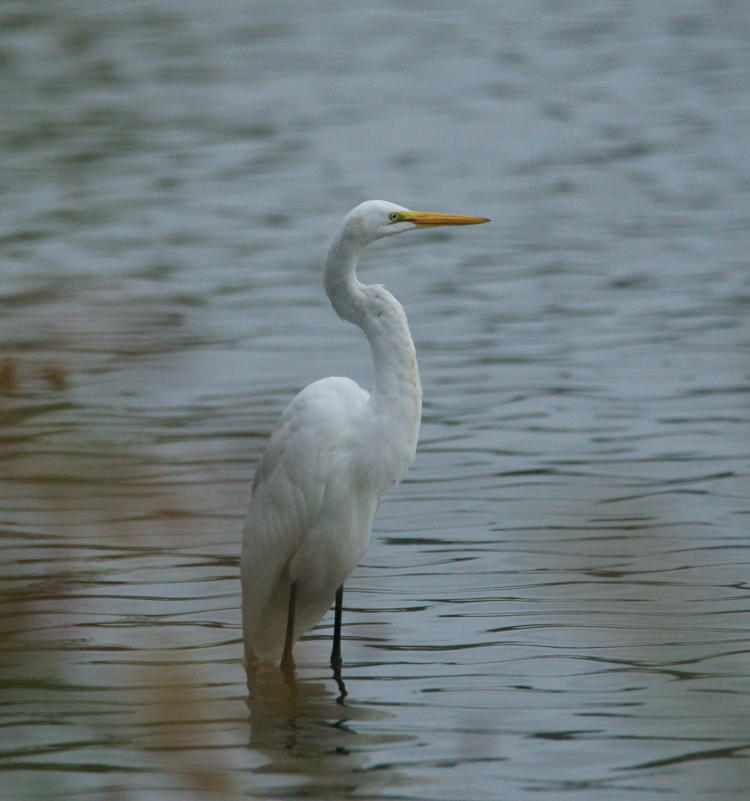


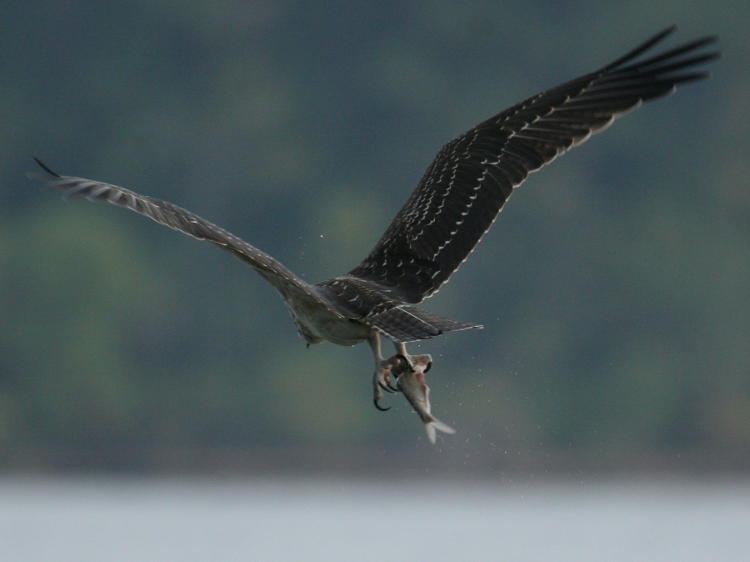

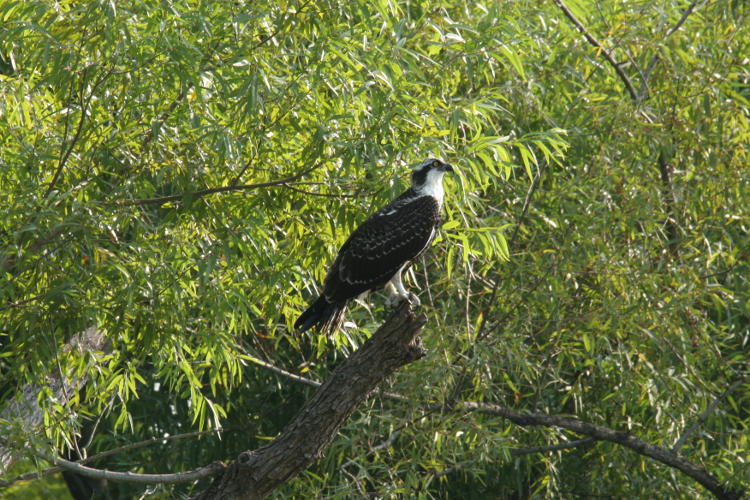
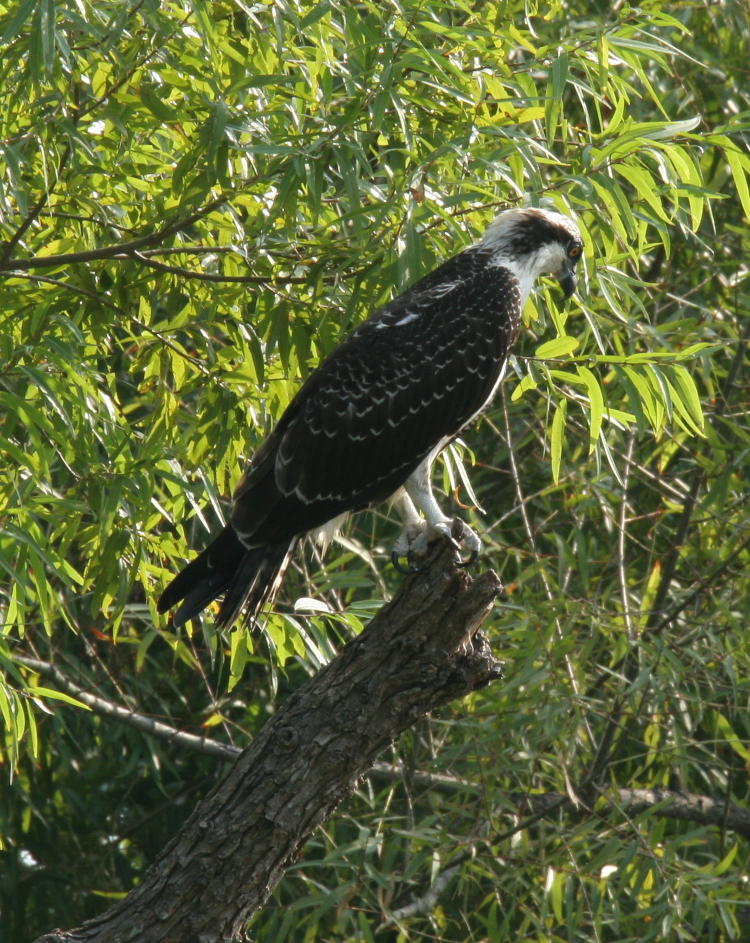
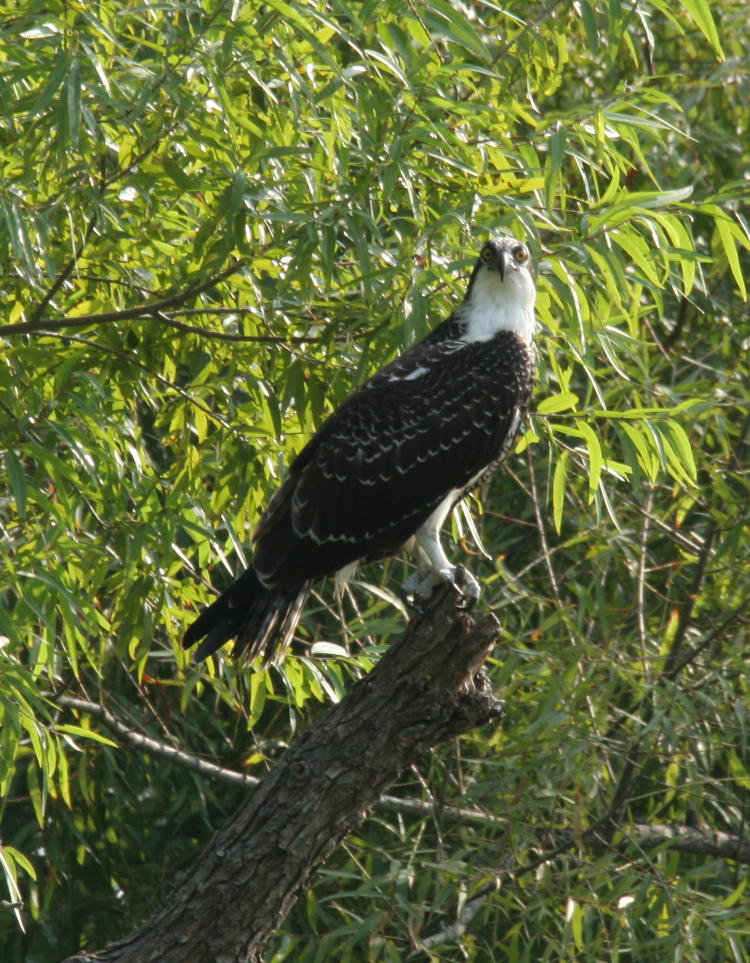
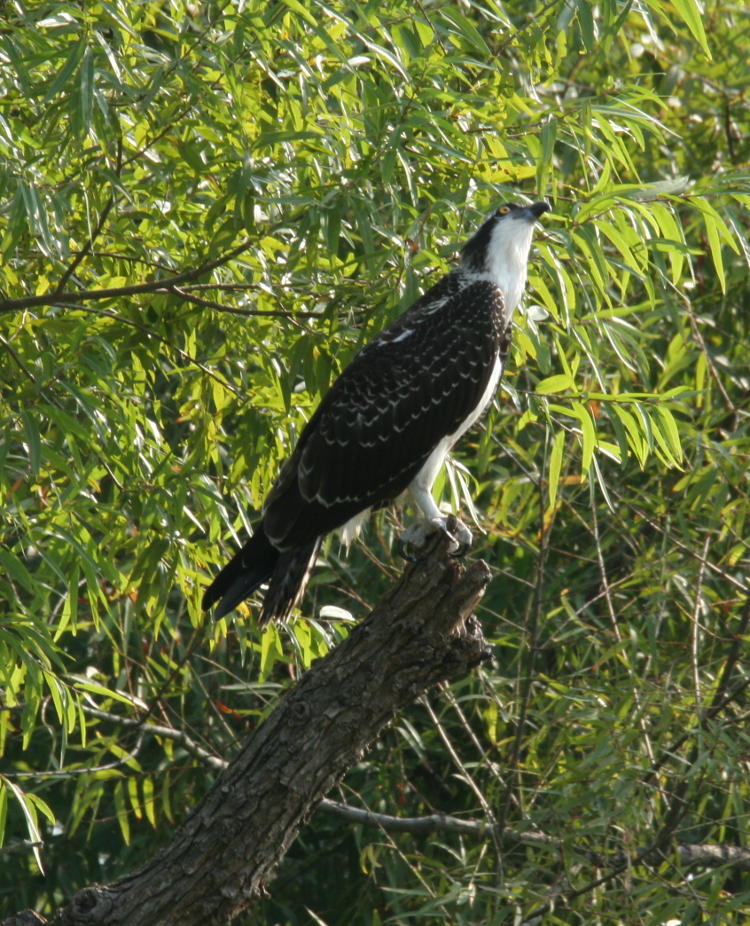
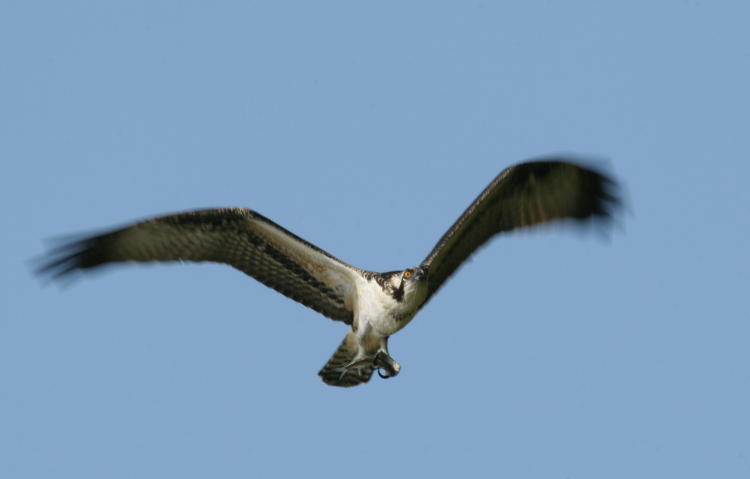
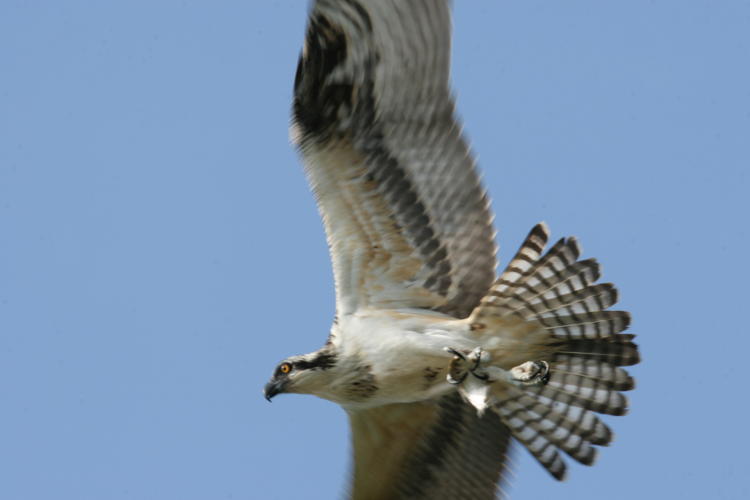
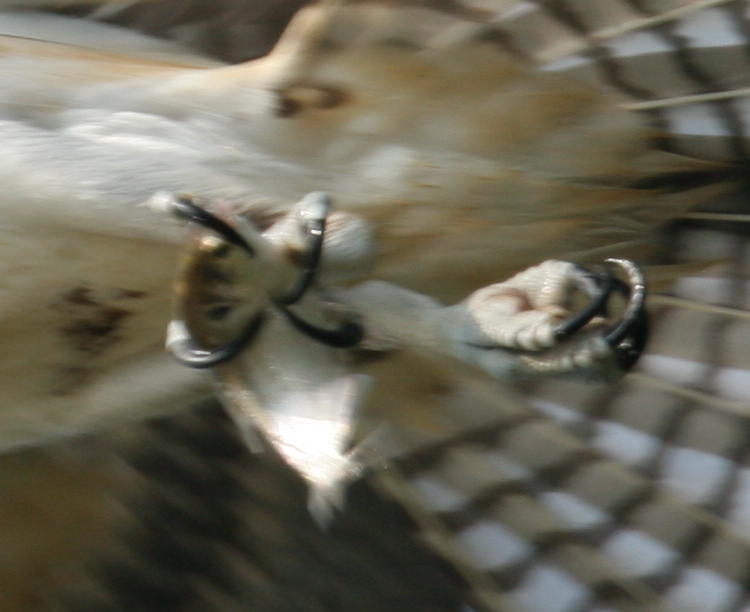





















































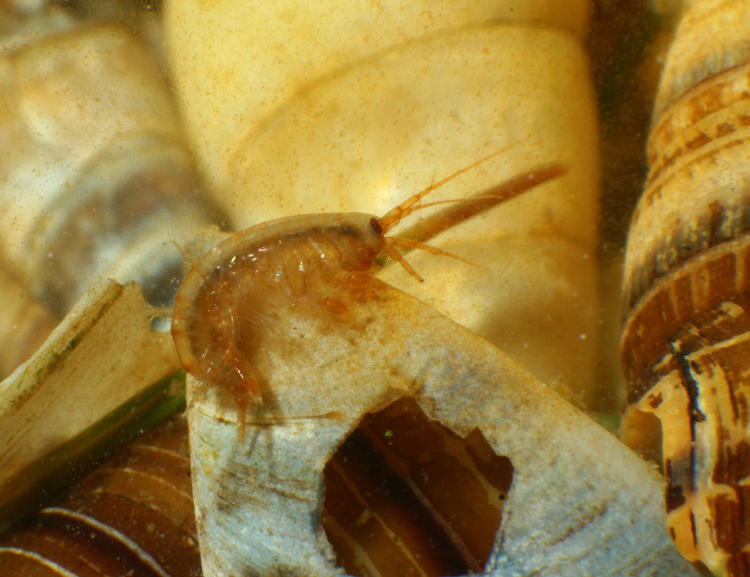





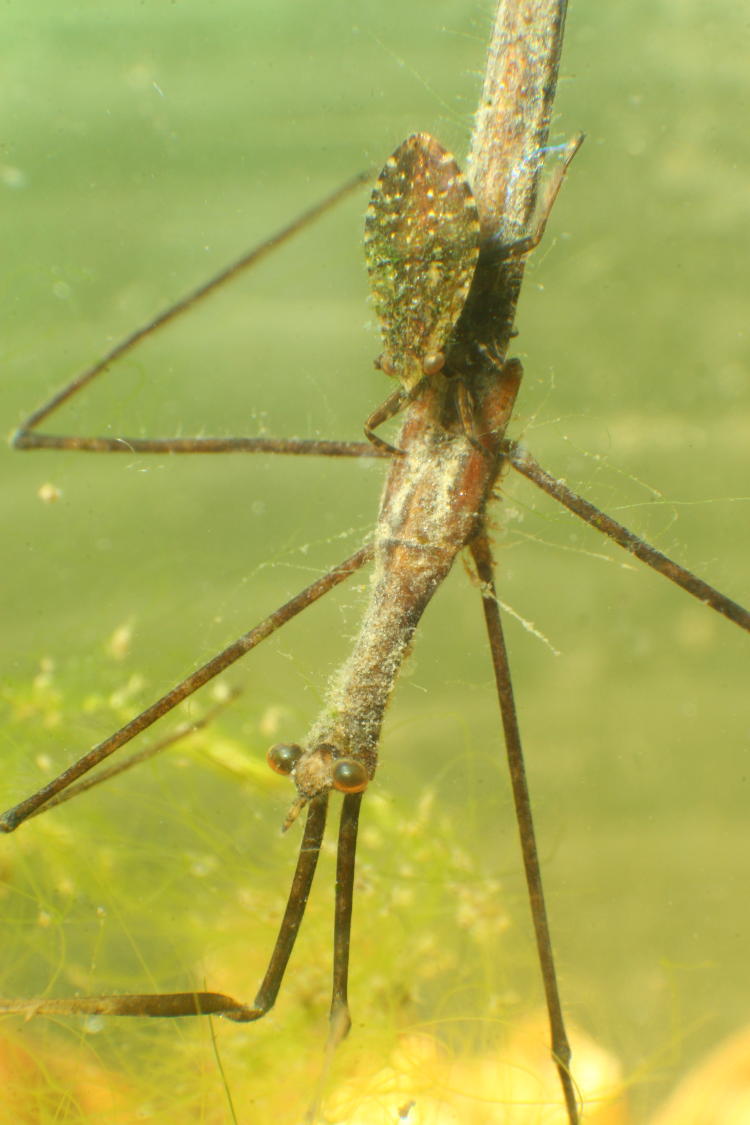

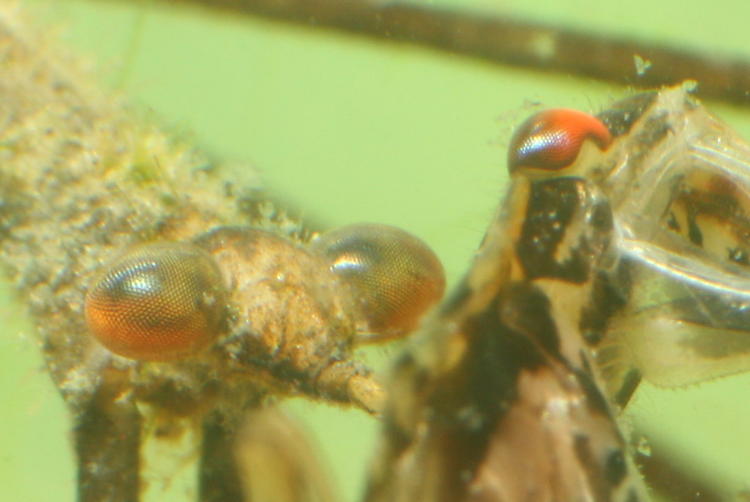


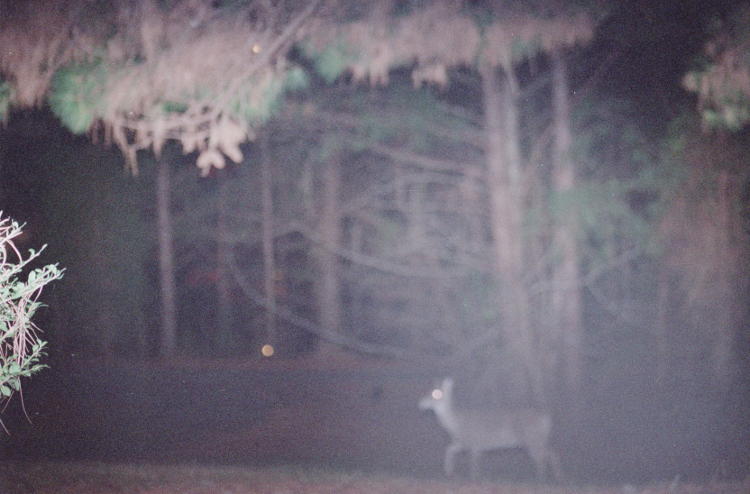

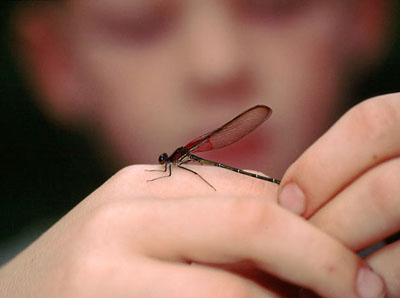 Now you recognize him, right? Of course you do, given that he’s appeared on this very blog before. It’s none other that damselfly boy (not damsel flyboy, even though he’s in the US Air Force,) the guy demonstrating his insect-wrangling abilities from
Now you recognize him, right? Of course you do, given that he’s appeared on this very blog before. It’s none other that damselfly boy (not damsel flyboy, even though he’s in the US Air Force,) the guy demonstrating his insect-wrangling abilities from 

